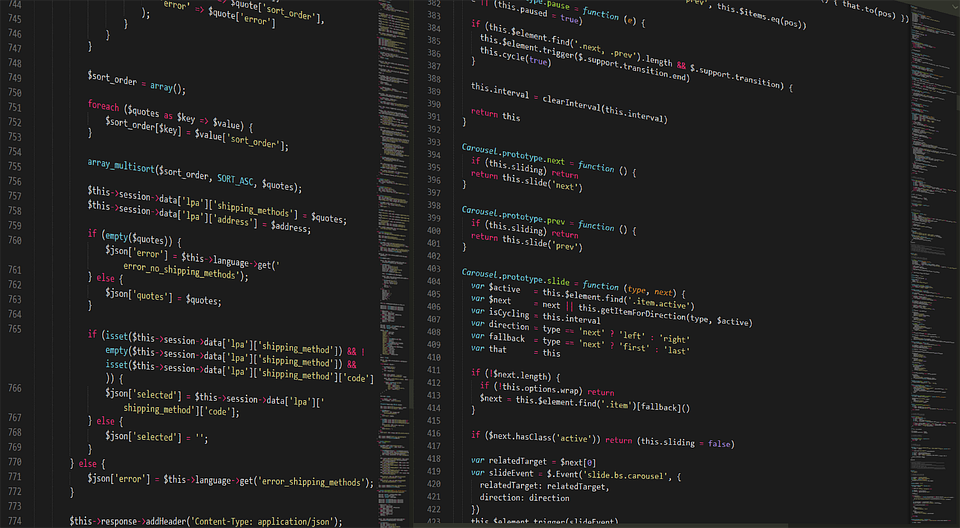Data science is a field that has been gaining increasing popularity in recent years, as businesses across industries recognize the importance of utilizing data to make informed decisions. From healthcare to finance to marketing, data science has become a critical tool for organizations looking to gain a competitive edge in a data-driven world.
But for those new to the field, understanding data science and its various components can be overwhelming. That’s why we’ve put together a beginner’s guide to breaking down data science and understanding analytics.
Data science is a multidisciplinary field that combines statistics, computer science, and domain expertise to extract meaningful insights from data. At its core, data science is all about turning raw data into actionable insights that can drive decision-making and improve performance.
One of the key components of data science is analytics, which is the process of analyzing data to uncover patterns, trends, and relationships. There are several types of analytics, including descriptive analytics, which focuses on summarizing data to describe what happened in the past; predictive analytics, which uses historical data to make predictions about future outcomes; and prescriptive analytics, which provides recommendations on what actions to take.
To delve deeper into analytics, it’s important to understand some key concepts. First, data is at the heart of analytics, and it comes in many forms, including structured data (like numbers and text) and unstructured data (like images and videos). The key to successful analytics is collecting, cleaning, and transforming data into a format that can be analyzed.
Next, analytics involves the use of tools and techniques to analyze data and extract insights. Common tools used in data science include programming languages like Python and R, as well as data visualization tools like Tableau and Power BI. Techniques like regression analysis, machine learning, and deep learning are also commonly used in data science to uncover insights from data.
Finally, analytics requires a deep understanding of the business problem at hand. Data science is not just about crunching numbers – it’s about using data to solve real-world problems and drive business value. This requires a blend of technical skills, domain expertise, and critical thinking.
For beginners looking to break into the field of data science and analytics, there are plenty of resources available to help you get started. Online courses, books, and workshops can provide you with a solid foundation in the fundamentals of data science, while hands-on projects and internships can help you gain practical experience.
In conclusion, data science and analytics are powerful tools for organizations looking to harness the power of data to make informed decisions. By breaking down data science into its core components and understanding the basics of analytics, beginners can begin to navigate this complex field and unlock its potential for generating insights and driving business growth.




